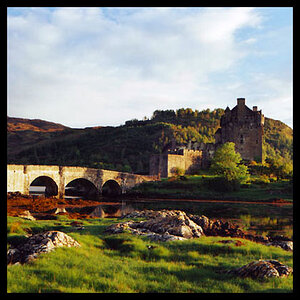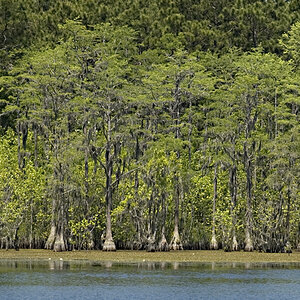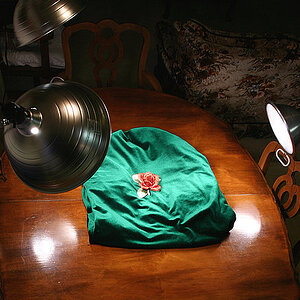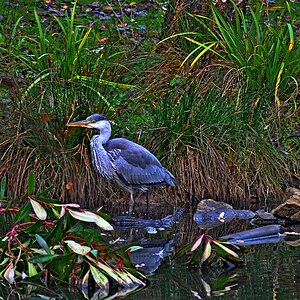TJ K
No longer a newbie, moving up!
- Joined
- Sep 9, 2008
- Messages
- 2,093
- Reaction score
- 1
- Location
- Sunny South Florida
- Can others edit my Photos
- Photos NOT OK to edit
Im actually doin a trail right now thirty sec long in thirty sec intervals at f/4 so far its sick just how wil i combine for a vid. Sorry for grammar on ipod due to being outside doin these trails



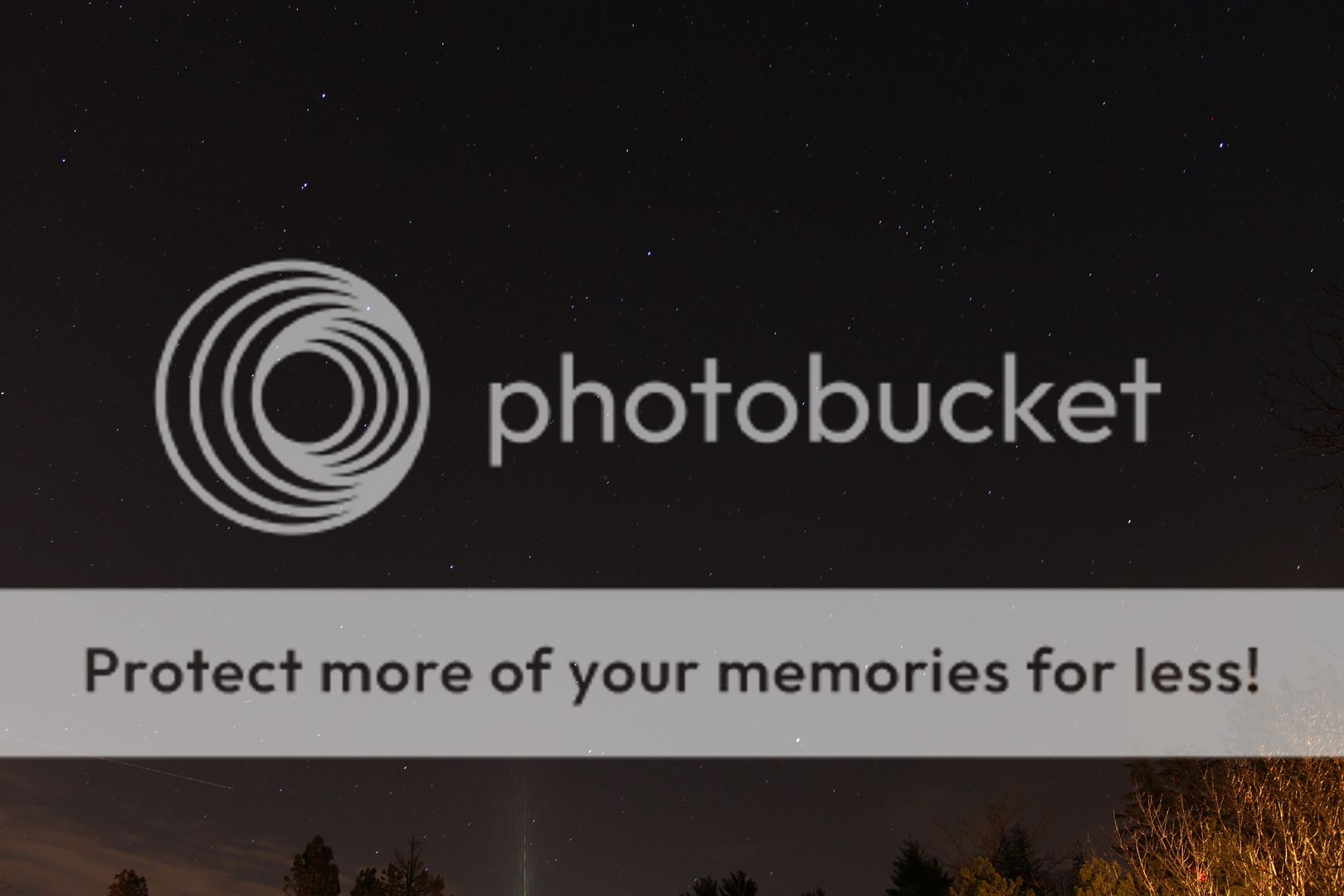

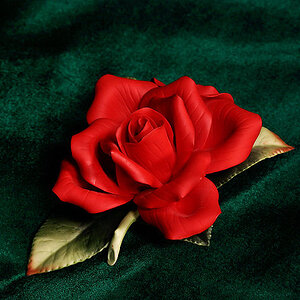
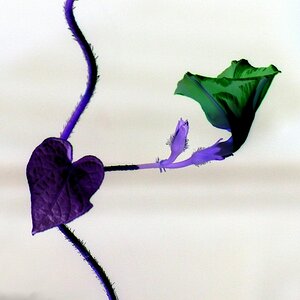
![[No title]](/data/xfmg/thumbnail/37/37130-15360a524d273bc7dcd0beda3e9299ee.jpg?1619737884)
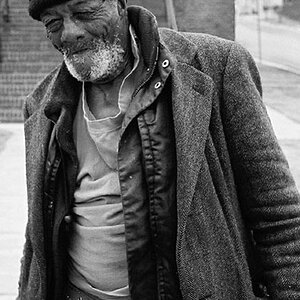
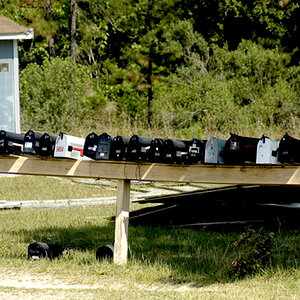
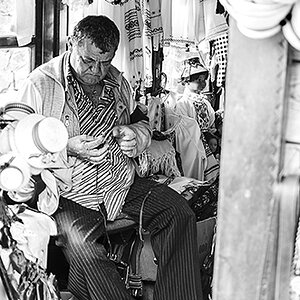
![[No title]](/data/xfmg/thumbnail/30/30995-7e48e5498fe9a56ea3d405cf87f3a1ec.jpg?1619734558)
